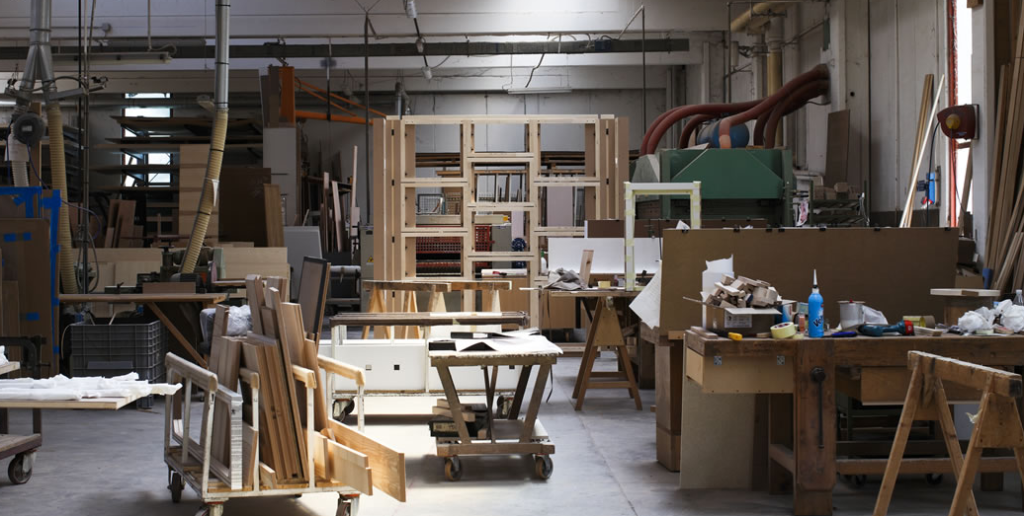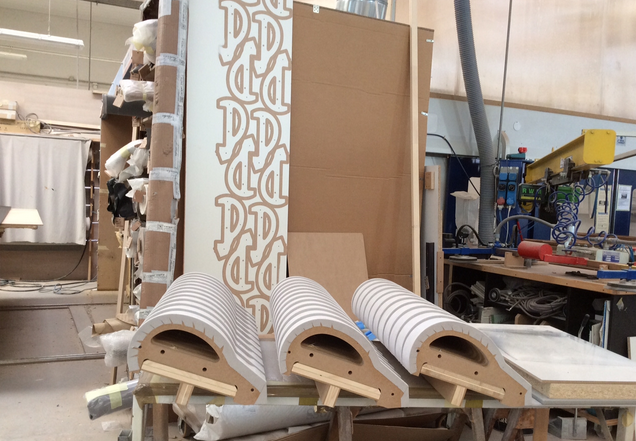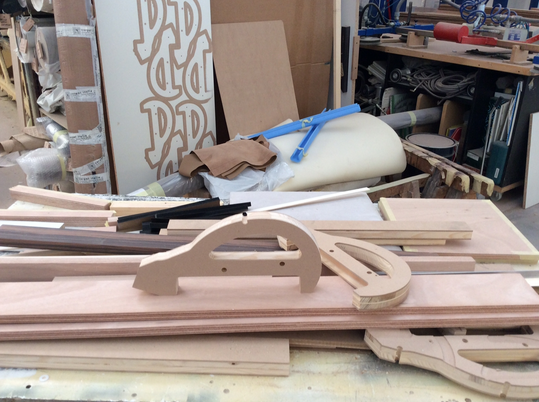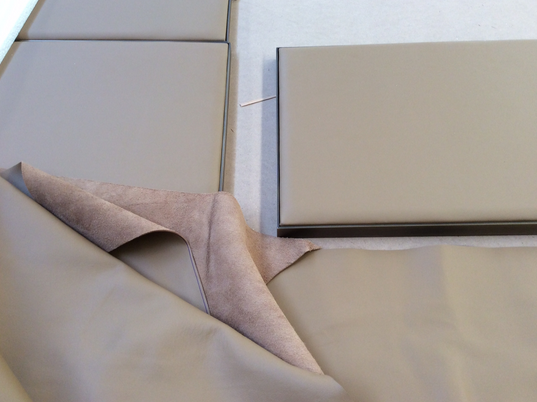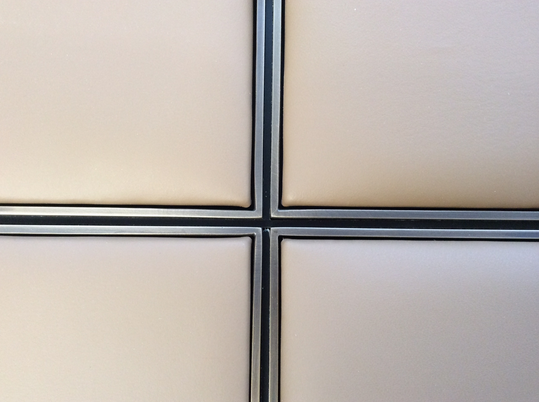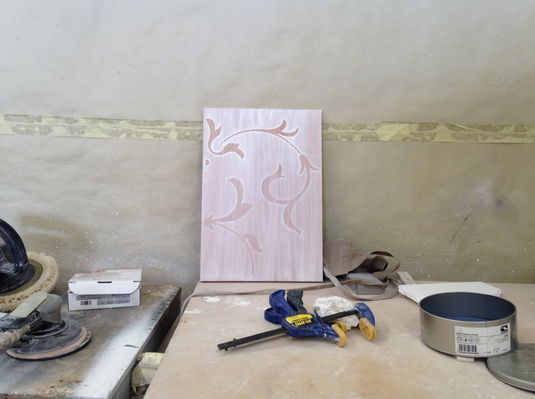In the media and at conferences people start talking about “Back to Italy”.
In face, many Italian brands seem to be bringing their productions back to Italy.
We have never left Italy, here’s why: we think that working in our country is an important asset…
1. Relocation = devaluation
With the lure (sometimes never materialized) to spend less we relocated without criteria.
By detaching the mind that creates a project from the hand that realizes it, we have produced monsters, both in quality and culture terms.
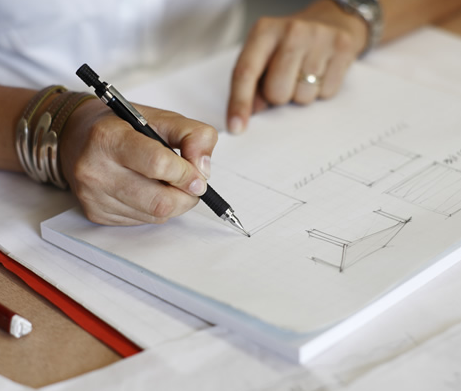
2. The real Made in Italy is made with the head and hands of Italians.
The strong cultural value of our population comes from an integration of intellectual and manual functions, as in the great tradition of Renaissance.
The separation between “those who think” and “those who do”, typical of relocation, breaks beyond repair the true value of the best national products, moreover creating unnecessary and expensive roles in the industry, by manking tha value chain longer and longer (and therefore creating the need for… controllers, for instance , people who have no role whatsoever in the process).
Form our point of view, we’ve always believed in our people and in their enormous professional value.
3. Being “local” means reduction of the supply chain (and cost).
To the people who prefer to outsource productions, ermesponti suggests the opposite: concentrate creativity, design and production.
The short chain shortens the overhead costs and enhances the specific quality of the work as an expression of a strong core, able to build on its own experience.
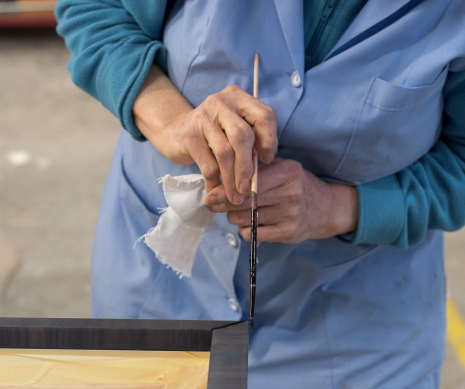
4. The higher the quality, the more important the intellectual involvement, at all levels.
In a high-quality product completely bespoke (custom or handmade), the “intellectual” quality of the person who works on it cannnot be ignored.
If this person, working with her hands, is also used to make her intelligence work in the process (certainly not what happens in Fordist chains with relocated production), she is also involved in continuos improvement of the object itself.
It’s a way of working definitely Italian: that’s how our country has expressed the masterpieces that have made us famous the world over.
In this way, Italians in Italy may be able to face the high costs of a domestic production, making it convenient and rewarding again.
5. It’s also a matter of social responsibility.
Companies not only have responsibilities to themselves: we think that the relationship with the territory can and should be part of an advanced entrepreneurial dimension.
Work creates wealth, knowledge and culture: a company must be able to reinterpret and re-propose such values to the market, in a virtuous circle of growth and evolution.
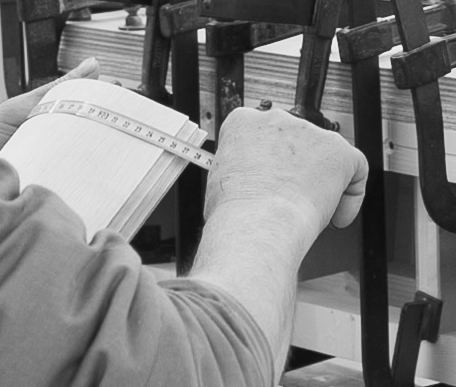
6. The consumer is the author of products.
The new “prosumer” is no longer dissociated from the environment: she is the center of the market scenario as a whole, in which territory plays a big part.
7. Purchase = identity
Most of us are tired of being only a credit card, there’s a desire to return to be men and women who interact with products in a sensible way…
Which also means to recognize a prodution, something that happens near home, and maybe involves friends or family.
